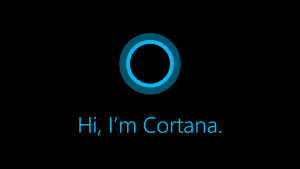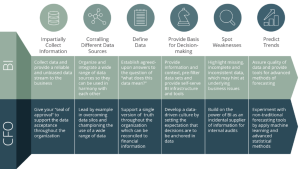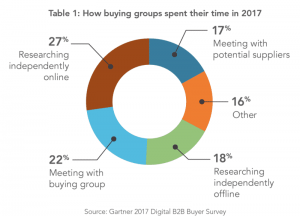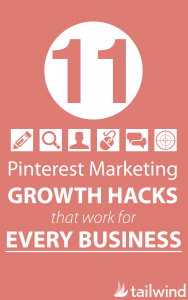
Last month, I dived into one of my favorite topics in marketing and PR: client messaging. Messaging is one of the most crucial elements of any successful brand – you can have a killer product, a great management team and the best employees in the world, but without the right message to frame whatever you’re offering, all of that hard work will fall on deaf ears and go to waste.
That’s why, in my last post, I explored why brands should undergo a messaging revamp, when to do so and how a PR agency is uniquely positioned to leverage the right kind of messaging for a brand’s target audience. But, don’t be fooled – nailing down the right message is not a simple get-in-and-out affair; don’t expect to knock it out in a single half-hour meeting.
One blog just isn’t enough to talk through all the need-to-knows there are about strategic communications messaging, which is why I’m back today with part two of my new client messaging blog series, this time focusing on what constitutes a compelling message and how your competitors can play a role in it.
What Makes for a Strong Message?
Every company is different, of course. Different brands have different strengths, weaknesses, audiences and features to emphasize. But, at March, we’ve found there’s a handful of key principles that any strong, compelling message must have, regardless of the brand behind it. These include identifying:
- Who it is for: This is an essential first-step. Knowing who your target audience is and which customers that you want to appeal to defines the kind of message you put out, from the service you’re looking to promote to the phrasing of the message itself.
- What problem needs to be solved: Once you know you’ve nailed down the target audience, you need to next identify what problem(s) they’re having. You can’t position yourself as the solution a customer needs without defining the problem first. This helps you better leverage your brand as the problem-solver, but also makes it easier to directly relate to the concerns or needs of your target demos.
- What your product does new: You follow that step with explaining how your brand or product or service can solve the customer’s problem. More than that, you want to demonstrate that your service is a breakthrough in the customer’s status quo, something that will shake up their current way of doing things and provide a better way to their desired goals.
- What that solution is: And, finally, you identify the solution itself, what you’ve set up as the answer to the customer’s problems, the game changer they’ve been looking for.
These aren’t necessarily the only things that should factor into your message, but if you’re looking for a fundamental template that any digital PR message should hinge on it, this is it.
How Do Competitor Strategies Factor into Your Messaging?
Your competition should always be top of mind when working through a messaging session. Just like you need to identify your target audience to know what they want (and how they want it), you need to be able to identify how your competitors are leveraging their solutions to that same audience. Knowing your competitors’ messages allows you to compare and contrast them with yours, ensuring that the final message you land on for your marketing strategy is distinct and separate from the rest of the pack.
How you get to that point involves a lot of soul-searching on what the core offerings of your product/service actually are, and more to the point, which of them you think are most important to your brand. Charting out your core benefits allows you to easily visualize them. Pick and choose from that pool of key features the strongest and punchiest ideas that you want to use to define your brand to your audience.
Finally, look for holes in the marketplace where you can differentiate yourself from your competitors. By seeing how competitors define themselves in their own messaging, you can take advantage of what they’re missing and then capitalize on those gaps so that you, in turn, can leverage your own brand’s message above theirs.
Business & Finance Articles on Business 2 Community(48)
Report Post






